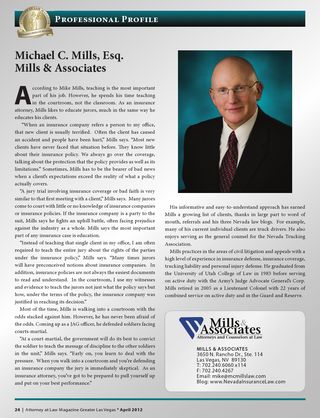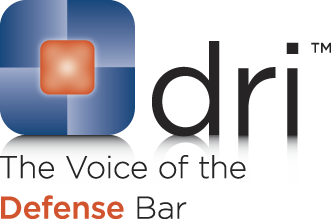Contribution and Good Faith Settlements in Nevada
When collecting a Nevada judgment from multiple tortfeasors, innocent bodily injury Plaintiffs are sitting in the catbird seat. They are able to realize the beneficial effects of Joint and Several Liability by collecting their judgment from any or all of the multiple Defendants. (Click HERE to learn more about Joint and Several Liability in Nevada.)
This rule of Joint and Several Liability will often set off a round of secondary litigation between the Defendants. Where one of those Defendants believes that he has paid or will pay more than his fair share, he may assert a claim for Contribution against the other Defendants. N.R.S. 17.225. This Contribution claim allows the judge or the jury to assess percentages of negligence among the Defendants and gives to the Defendant who is forced to pay more than the apportioned share a means to collect that back from the other Defendant(s). Contribution claims can be brought simultaneous with the Plaintiff’s claim or in the alternative, a Contribution claim can be brought in a separate action up to one year after the judgment becomes final. N.R.S. 17.285.
But what about those situations where a Plaintiff and one of multiple Defendants can agree to settle? The Plaintiff may choose to settle because she may do so without extinguishing the claim against the other multiple Defendants. N.R.S. 17.225(3). We often see such settlements where one of the Defendants has a minimum limits auto policy and no other assets. Often the Plaintiff and that Defendant can agree to settle for the policy limit, leaving the Plaintiff free to proceed against the other Defendants. However, the impending Contribution claims acts as a disincentive to such settlements, threatening to bog down the settling Defendant in further expensive and time consuming litigation.
The Nevada legislature addressed this concern by adopting N.R.S. 17.245. This Good Faith Settlement statute overcomes the disincentive to settlement because it authorizes the Judge, under the proper circumstances, to discharge the settling tortfeasor “from all liability for contribution and for equitable indemnity to any other tortfeasor”. N.R.S. 17.245(1)(b). In essence, it allows a settling Defendant to resolve not only the Plaintiff’s claims but also to wipe out any further threat of a Contribution claim. As we have pointed out in other posts HERE, this type of complete finality is the goal of clients and adjusters.
Not every proposed settlement will be approved as a Good Faith Settlement. The Judge is obliged to look at a number of factors such as:
• the amount paid in settlement,
• the allocation of the settlement proceeds among plaintiffs,
• the insurance policy limits of settling defendants,
• the financial condition of settling defendants,
• the existence of collusion, fraud or tortious conduct aimed to injure the interests of non-settling defendants.
See In Re MGM Grand Hotel Fire Litigation, 570 F.Supp. 913, 927 (D.Nev. 1983) and Velsicol Chemical v. Davidson, 107 Nev. 356, 811 P.2d 561 (1991).
However, as Mills & Associates demonstrated by its recent success at the Nevada Supreme Court, most Good Faith Settlements are sustained on appeal. Click HERE to view a copy of the Order.
Where a settlement is possible, but the threat of a Contribution claim by a joint tortfeasor is impeding the way, let Mills & Associates request a Good Faith Settlement Determination. Hopefully by working together we can put our client in the catbird seat by discharging the Contribution claims and making this resolution final.
 Follow
Follow Email
Email


